Search
Remove Ads
Advertisement
Summary 
Loading AI-generated summary based on World History Encyclopedia articles ...
Search Results
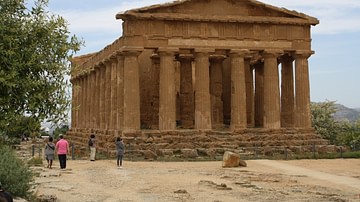
Definition
Agrigento
Agrigento (Greek: Akragas, Latin: Agrigentum) was a Greek-founded city-state located on the south coast of Sicily near the river Akragas (now S. Biagio) just 5 km from the sea. At its peak, the city may have had as many as 300,000 inhabitants...
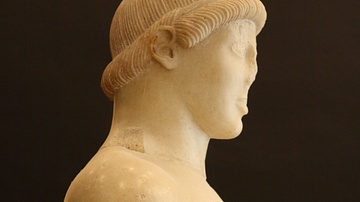
Image
Kouros (The Agrigento Youth)
The kouros known as 'The Agrigento Youth', marble, c. 480 BCE, from Agrigento, Sicily. (Archaeological Museum of Agrigento)
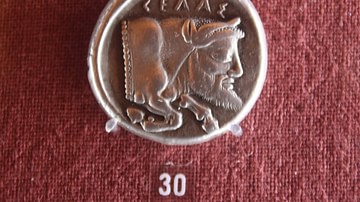
Definition
Gela
Gela (Greek: Ghéla), in southern Sicily, was a Greek colony founded c. 689 BCE and it remained an important cultural centre throughout antiquity. Prospering on trade and expanding its territory, the city-state founded Agrigento. In the 5th...
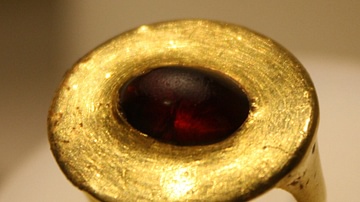
Image
Gold & Garnet Ring, Agrigento
A gold and garnet ring from Agrigento, Sicily, 3rd century BCE. (Archaeological Museum of Agrigento).
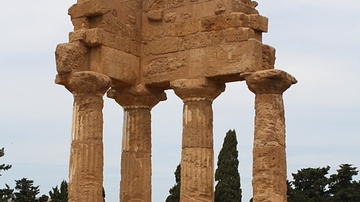
Image
Temple of the Dioscuri, Agrigento
The remains of the Temple of the Dioscuri (Castor & Pollux), Agrigento, Sicily. The Doric temple, built between 480 and 460 BCE, originally had 6 columns on each facade and 13 along the longer sides.
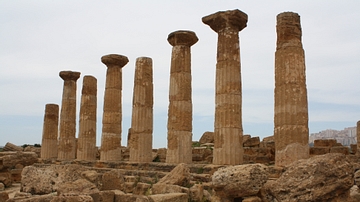
Image
Temple of Hercules, Agrigento
The remaining columns of the Temple of Hercules, Agrigento, Sicily. Built in the 6th century BCE, the temple originally had 6 columns on each facade and 15 along the sides.
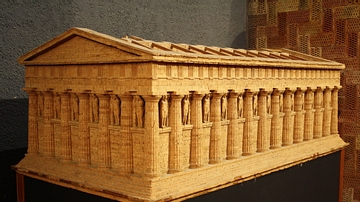
Image
Temple of Zeus Model, Agrigento
A model of the temple of Zeus, Agrigento. One of the largest in the ancient world, the temple was constructed in the 480s BCE. It measured around 113 x 56 metres and stood on a five-step base, it was 33 metres high. (Archaeological Museum...
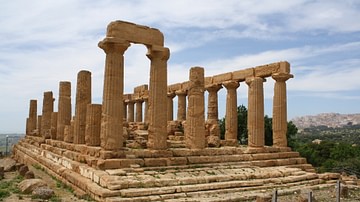
Image
Temple of Juno, Agrigento
The Temple of Juno (Hera) at Agrigento, Sicily. The Doric temple was not in fact dedicated to Juno and acquired the name due to an error by a Latin author. Built between 450 and 440 BCE, the temple once had six columns on each facade and...

Image
Doric Temple of Juno, Agrigento
The Doric temple attributed to Juno Lacinia but dating from c. 450 BCE, Agrigento, Sicily. The columns are a good example of entasis - the thickening at the base and centre of columns to give the optical illusion of being perfectly perpendicular...
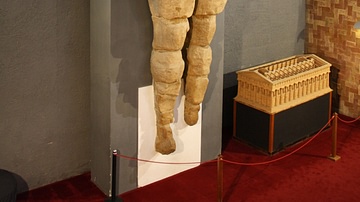
Image
Atlantide, Temple of Zeus, Agrigento
One of the massive atlantide figures from the temple of Zeus (480s BCE) in Agrigento. There were 38 such figures incorporated into the architecture of the building and each stood 7.6 metres tall. (Archaeological Museum, Agrigento, Sicily).